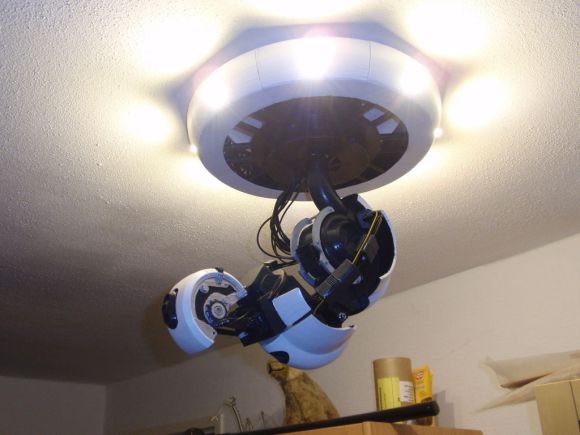
We’re all about big machines that build things for us – laser cutters, CNC mills, and 3D printers are the machines de rigueur for Hackaday. Too often we overlook the softer sides of fabrication that include textiles and knitting. [varvara] and [mar] are doing their best to bring us the softer side of things with their modification of a Brother knitting machine. They call their build Knitic, and it’s a great way to knit with computer control.
Instead of previous Brother knitting machine hacks we’ve seen, Knitic doesn’t bother with emulating the keypad or controlling the microprocessor already there; this build dispenses with the Brother brain and controls the solenoids and switches of the knitting machine directly with the help of an Arduino and a home-etched shield.
It’s not quite an automated knitting machine – someone still has to run the shuttle across the machine – but the patterns are controlled via a Processing app available on the Knitic github. You can check out [Varvara]‘s demo of Kinitic after the break.
















Recent comments